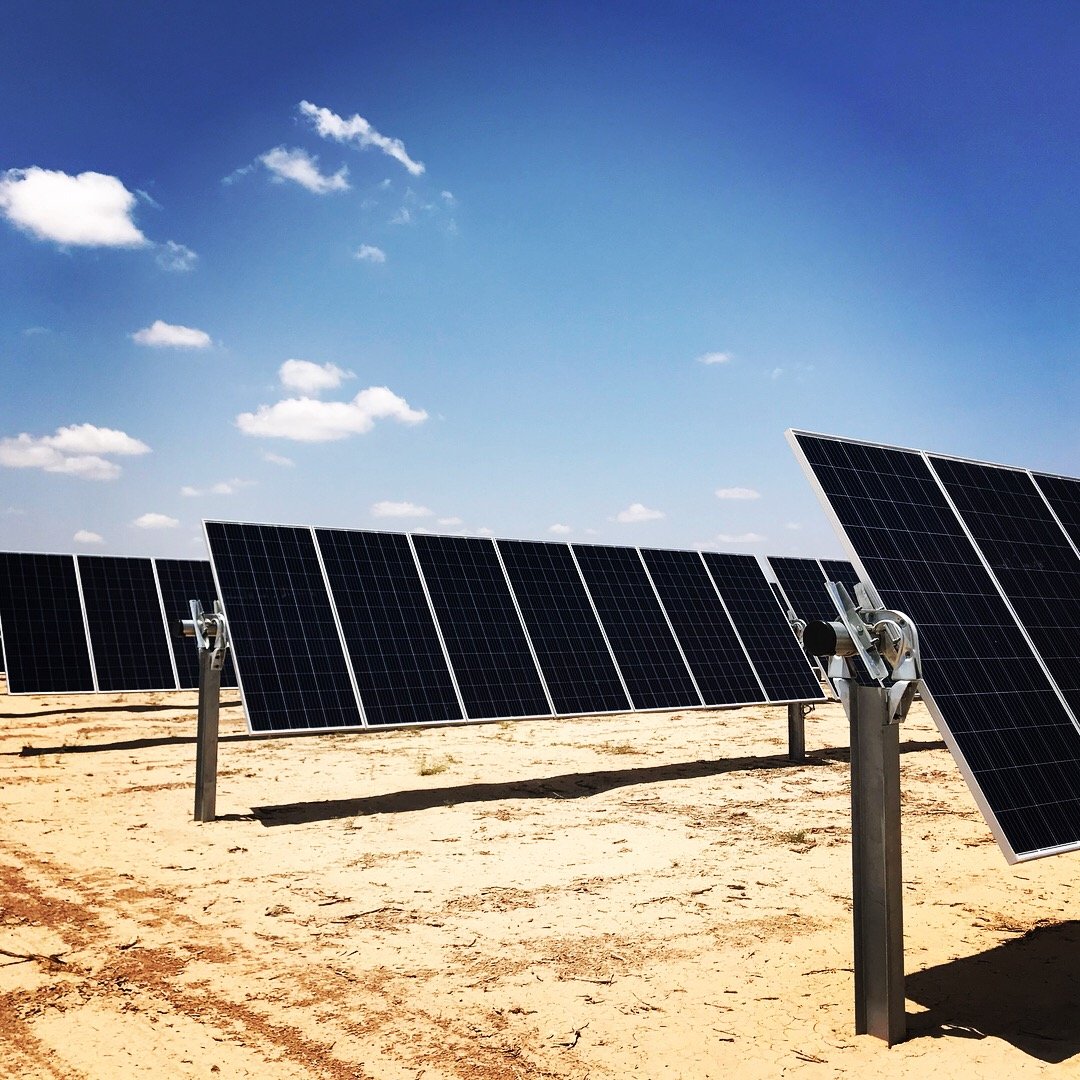
The world’s largest battery energy storage system (BESS) so far has gone into operation in Monterey County, California, US retail electricity and power generation company Vistra said yesterday.
Phase 1 of Moss Landing Energy Storage Facility was connected to the power grid and began operating on 11 December 2020, at the site of Moss Landing Power Plant, a natural gas power station owned by Vistra since it acquired the facility’s previous owner, Dynegy in 2018.
Enjoy 12 months of exclusive analysis
- Regular insight and analysis of the industry’s biggest developments
- In-depth interviews with the industry’s leading figures
- Annual digital subscription to the PV Tech Power journal
- Discounts on Solar Media’s portfolio of events, in-person and virtual
At 300MW / 1,200MWh, the BESS is considerably larger than the 250MW / 250MWh Gateway Energy Storage project brought online earlier this year by LS Power, also in California. Not only that, but Phase 2 of Vistra’s project will add another 100MW / 400MWh and is scheduled for completion by August this year.
The site at Moss Landing then offers what Vistra called a “unique opportunity” to expand the project’s size and storage capacity even further: the company claimed that the industrial zone in which it sits offers the potential to support up to 1,500MW / 6,000MWh of energy storage capacity, “should market and economic conditions support it”.
Phase 1 utilises more than 4,500 stacked battery racks, each of which contains 22 individual battery modules. The BESS is housed inside the gas power plants turbine buildings, which have been refurbished to host the new technology. The system takes surplus energy from the grid and helps the network to meet peak demand periods.
Vistra said that typically this will mean charging the batteries during daylight hours when solar generation output is at its highest in the area and output power back to the grid when solar production tails off in the evenings. The power company has signed contracts with California investor-owned utility (IOU) PG&E to use the output of Phase 1 and Phase 2 to meet resource adequacy requirements, in other words to help maintain stable, ample and reliable electricity supplies for the IOU’s customers.
What might be a little confusing is that PG&E itself is also building a similarly named battery storage project in the area – called Moss Landing BESS – at the site of the utility’s Moss Landing substation. PG&E’s project, currently under construction using Tesla Energy battery storage system equipment, will also be among the world’s biggest battery storage projects when completed, at 182.5MW / 730MWh.
Vistra’s Moss Landing Energy Storage Facility Phases 1 and 2 are part of what the company has dubbed its ‘Vistra Zero’ portfolio, which includes a total of 4,000MW of renewable energy and energy storage resources. Vistra Zero features three other battery projects in addition to Moss Landing: one already completed in Texas (Upton 2 which is 10MW / 42MWh) and two more in California (Oakland, 36.25MW / 145MWh and DeCordova, 260MW / 260MWh), both of which are scheduled for completion in 2022. Also in the Vistra Zero portfolio is a 2,300MW nuclear plant and five large-scale solar farms ranging from 50MW to 200MW capacity. Vistra has said it is targeting becoming net zero by 2050, which will involve the retirement of 6.8GW of coal-fired generation.
In the most recent episode of Solar Media’s monthly podcast, development of energy storage to meet California’s energy needs as the state transitions to 100% renewable electricity by 2040 was identified as one of the most significant themes that ran throughout the year in Energy-Storage.news’ coverage of the global industry.






